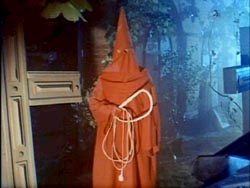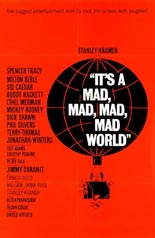
 Social-issues auteur Stanley Kramer (Judgment at Nuremberg) really cut loose with It’s a Mad, Mad, Mad, Mad World, a comedy that bears no agenda beyond driving its superficial plot. Perhaps feeling guilty that the project wasn’t Important Enough, the crusty Kramer couldn’t resist bloating the material into an epic 202 minutes that begin with one of those old-fashioned musical overtures that play against a blank screen. It’s about the only moment of respite.
Social-issues auteur Stanley Kramer (Judgment at Nuremberg) really cut loose with It’s a Mad, Mad, Mad, Mad World, a comedy that bears no agenda beyond driving its superficial plot. Perhaps feeling guilty that the project wasn’t Important Enough, the crusty Kramer couldn’t resist bloating the material into an epic 202 minutes that begin with one of those old-fashioned musical overtures that play against a blank screen. It’s about the only moment of respite.
The goofs get going when a crook (Jimmy Durante) accidentally drives off a cliff; coming to his aid are five fellow drivers (played by, in ascending order of irritation, Jonathan Winters, Sid Caesar, Milton Berle, Buddy Hackett and Mickey Rooney). Just before croaking, the dying man tells them that $350,000 — an amount that seems positively quaint today — is buried under “a big W” in a California state park. His news sets off a veritable rat race to snag the loot first; because the money is stolen, a bulldog-faced cop (Spencer Tracy) monitors their progress.
 Problems and hangers-on pile up in equal numbers along the way, per rules of the slapstick subgenre. The sheer size of the cast is so big — and so loud, thanks to Ethel Merman — that Mad World‘s imitators curl like Shrinky Dinks in comparison. Had the adjective “zany” not existed beforehand, Kramer’s comedy would coin it — and likely concurrent with the occasion of a paint can landing atop someone’s noggin.
Problems and hangers-on pile up in equal numbers along the way, per rules of the slapstick subgenre. The sheer size of the cast is so big — and so loud, thanks to Ethel Merman — that Mad World‘s imitators curl like Shrinky Dinks in comparison. Had the adjective “zany” not existed beforehand, Kramer’s comedy would coin it — and likely concurrent with the occasion of a paint can landing atop someone’s noggin.
But is the film funny? Personally, if not for the final set piece that violently hurls the leading men off an uncontrollable fire ladder, I’d say no. I suppose that once upon a time in Hollywood, the sights of cars weaving, people yelling, objects falling, structures collapsing and Dick Shawn gyrating automatically translated into laughter. Ah, those were the days, weren’t they, Meemaw? —Rod Lott

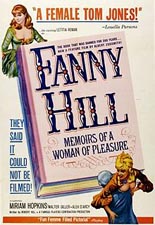
 Before Russ Meyer found his groove exercising his autonomy across a well-built body of work, he took on the for-hire job of adapting
Before Russ Meyer found his groove exercising his autonomy across a well-built body of work, he took on the for-hire job of adapting 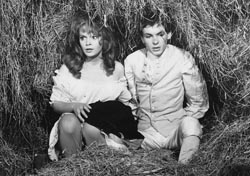

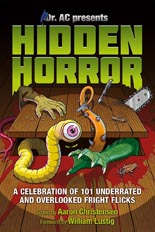
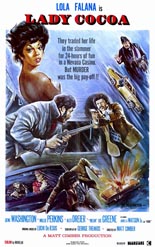
 Singer-turned-actress Lola Falana (
Singer-turned-actress Lola Falana (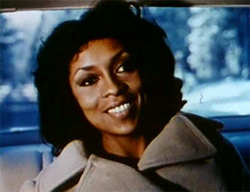
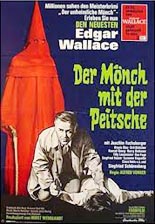
 One of many Edgar Wallace adaptations Alfred Vohrer directed for the big screen,
One of many Edgar Wallace adaptations Alfred Vohrer directed for the big screen, 